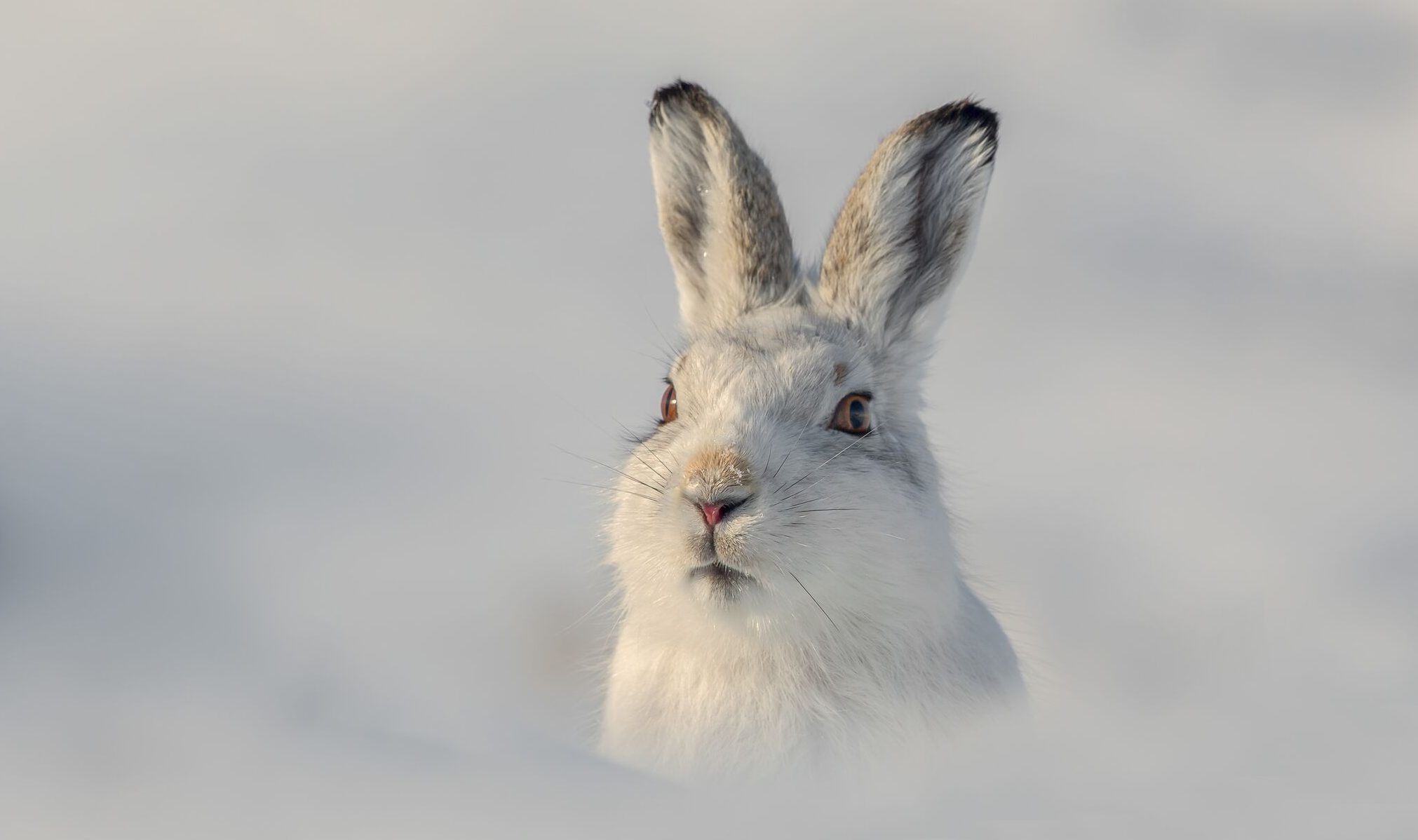The reputation of Scotland’s landowners took another hefty blow in the solar plexus in the seven days since I made the case for legislation to protect the red fox from the worst excesses of what passes for land management, after a protest outside the Scottish Parliament about abuse of foxhunting legislation.
This time, it was film of a “cull” of mountain hares so militaristic in its strategy and so devastating in the scale of its slaughter that it would not have looked out of place in a newsreel clip from Syria.
The First Minister, who was suitably horrified like the rest of us – most of the rest of us, of which more anon – said the Scottish Government would explore “all available options to prevent mass culls of mountain hares and one of those options is legislation and a licensing scheme”.
Good. Please do it very, very quickly.
Because as the delay in implementing legal protection for the Tayside beavers demonstrates on a regular basis, the legal vacuum is being filled by men with guns and traps to kill as many as possible in the shortest possible time, and heavy machinery to wreck their dams and lodges.
Just when you thought things could hardly get any worse for the landowning fraternity, widespread screening of the film on television news and online was followed by an ill-advised response to the film by the director of the Scottish Moorland Group.
Angus estates expert highlights tick danger in escalating debate over killing of mountain hares
And just in case you thought the Scottish Moorland Group was a balanced, multi-interest coalition including community associations and nature conservation professionals, membership comprises the chairmen of seven regional groups of moorland owners and managers, and representatives from the Scottish Gamekeepers Association and the Game and Wildlife Conservation Trust. This is a hardcore self-interest group.
So what its director said was this:
“This footage has been filmed by animal rights activists who actively campaign against this type of land management and have no interest in managing the balance of species and habitat on Scotland’s heather moor.
“Mountain hare management is not only legal but necessary…”
READERS’ LETTERS: Estates eradicating hares on an epic scale
Let’s go through that bit by bit. Firstly, it really doesn’t matter if the footage has been filmed by animal rights activists, the SWI or the Tufty Club.
The fact is that it exists and it is a film of slaughter that demonstrably treats nature with contempt.
Secondly, when it comes to criticising the activists’ level of interest in managing the balance of species and habitat on Scotland’s heather moors, the director is taking the art of pots calling kettles black to previously unplumbed depths.
There is nothing – nothing at all – in the entire repertoire of the landscapes of Scotland that is more hideously imbalanced in its relationship between species and habitat than a grouse moor.
Grouse moors are denuded of natural vegetation other than heather, which is routinely burned and manipulated so that – in theory at least – the moors produce the required harvest of grouse.
And let’s not be deluded by the industry into thinking that the grouse is treated as anything other than a crop, a crop to be harvested at great expense by rich people with guns. And instead of spraying the crop, the grouse is fed medicated grit.
That is what Scottish moorland management amounts to. Anything that gets in the way of that ambition – anything at all from hares and foxes to eagles and harriers – is the enemy, and is treated as such.
The hare’s problem is not that it savages grouse or eats their eggs (it’s a vegetarian), but rather that it carries a tick, and some people think that increases the presence of the tick in grouse.
There is no evidence to suggest an abundance of hares is bad for grouse numbers, but there is such enthusiasm on estates for shooting hares by the truckload that they do it anyway.
The American wildlife writer and artist David M. Carroll, wrote in his book, Swampwalker’s Journal:
“The term ‘wildlife management’, often used in environmental polemics of the day in reference to human manipulations, is an oxymoron. We should have learned long ago to simply leave the proper space, to respectfully withdraw, and let wildlife manage wildlife.”
In Scotland, the Victorians ushered in new perversions and depravities in the matter of “wildlife management”, but evidence of the chill hand they brought to bear on nature still pervades the air in the 21st Century, still poisons the land with its prejudices, and still calls it wildlife management.
And to return to the SMG director’s response to the hare cull – no, mountain hare management may be legal for the moment, but it is most certainly not necessary.
For thousands of years before the Victorians lost the plot, there were widespread and healthy populations of both mountain hares and red grouse. There just weren’t any grouse moors.










